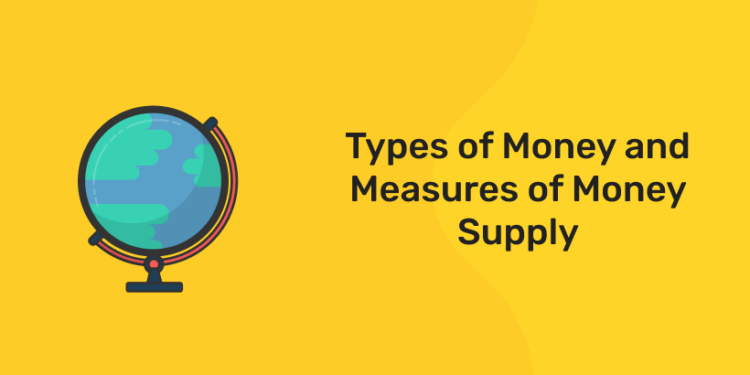Table of Contents
Money refers to any type of thing that helps a person to pay for any goods and services. It is also a form in which one is paid for the work they do.
Going back to history, there are various forms in which money was accepted in different countries or cultures. In those times, eatables like salt, rice, cereals and others, stones, and coins of gold, silver, and copper were considered as money.
In short, whatever is considered as money should be accepted by both the parties that are, the buyers and sellers. When it comes to the definition of money in economics, it is a medium in which goods can be exchanged easily and comfortably. In the current times, paper money, coins and credits are the accepted forms of money.
Take a GK Test on the Entri App today!
Importance of Money
- Money provides freedom, a much-wanted thing
It is money alone that can help a person live their life the way they want. Being financially independent is the priority of many.
- Money helps fulfil all your wishes
You will get a comfortable life when you have enough money. You can accomplish your goals with the money you earn.
- Money provides you with a secure life
You do not have to worry about anything and can solely concentrate on what you want to do next. You will be able to meet all your necessities.
Types of Money
Take a look at the following to know about the various kinds of money:
Fiat Money
Fiat money is also known as fiat currency. It refers to one whose value depends on the decision of authority and not the inherent value. When the government announces that it is legal, then it is used for payment. An example of this type is paper money (or banknotes) and coins.
Commodity Money
Commodity money is different from fiat currency since its value is intrinsic. The value of this money is calculated depending on the commodity it is made from. This type of money cannot be restored once destroyed. We can say that this is the earliest form of money used by people which was called the barter system. Beads, food like rice, vegetables, and expensive metals are some of the examples.
Representative Money
Representative money and fiat money are alike since they both do not have a value of their own. The difference is this type of money is backed by a commodity. They are exchanged for precious and expensive materials such as gold. Token coins, certificates are some examples of representative money
Fiduciary Money
The word fiduciary is derived from the Latin word Fiducia. This means to trust, which signifies that one needs to believe in fiduciary money. This type of money is meant to be exchanged either for fiat or commodity money by the bank. One needs to keep in mind that this is not a legal form of payment since it is not issued by the government. Examples of this money are bank drafts or checks.
Preparing for an exam and want to take a GK test? Entri App will help.
What is Money Supply
The money supply is the total value of money when held by the public at a particular time. The amount of money including coins, balances in bank accounts that are in circulation is the money supply.
Measures of Money Supply
1: Who was the first woman President of India?
Nowadays, money is not just limited to cash. various intangible assets are considered equal to the value of money. It is according to this that one can decide if the money supply will be large or small.
There are four ways of measuring the money supply – M1, M2, M3 and M4.
M1 (Narrow Money)
All the currency notes that are held by the public on a particular day are included in M1. It also counts the demand deposits, the savings, current account deposits and the other deposits of the banks.
Thus, we can say that M1 = CC + DD + Other Deposits
M2 (Intermediate Measure)
M2 is also known as narrow money which includes all of the M1. In addition, it also includes all the savings deposits of the post office banks.
so, M2 = M1 + Savings Deposits of the Post Office Savings
M3 (Broad Money)
M3 is also known as Broad Money and is a very common and effective measure of the money supply. It includes all currency notes, demand deposits with the bank, the deposits of all the banks concerning the RBI and the net Time Deposits.
M3 = M1 + time deposits of banks.
M4 (Broad Money)
This is the widest measure of money supply that is used by the RBI. All the aspects of M3 and the savings of the post office banks count to form M4. This is the least liquid measure out of all.
M4 = M3 + Post office savings
Key Takeaways
One needs to know the various types of money available and on what basis are they categorized.
Here you were also able to know what are the different measures of the money supply. To get a piece of detailed knowledge about money supply you can visit the Entri app. In addition, you will also get access to mock test papers and videos that cover a huge range of the syllabus of examinations.















